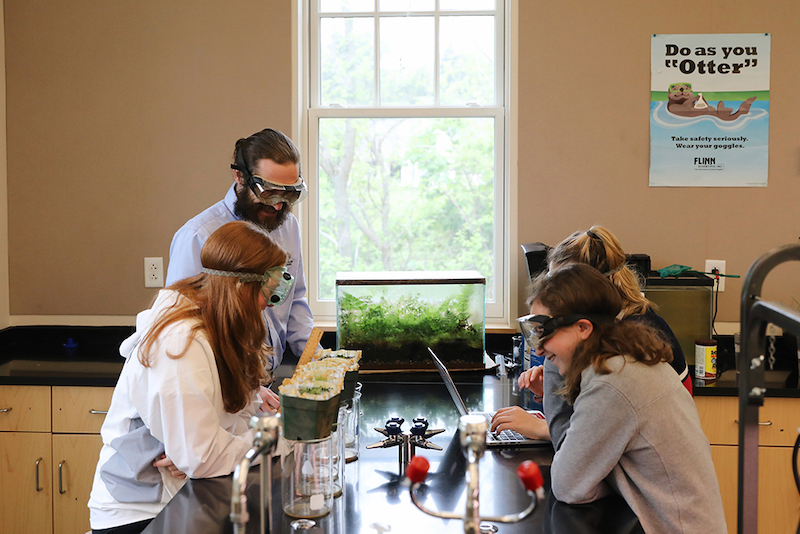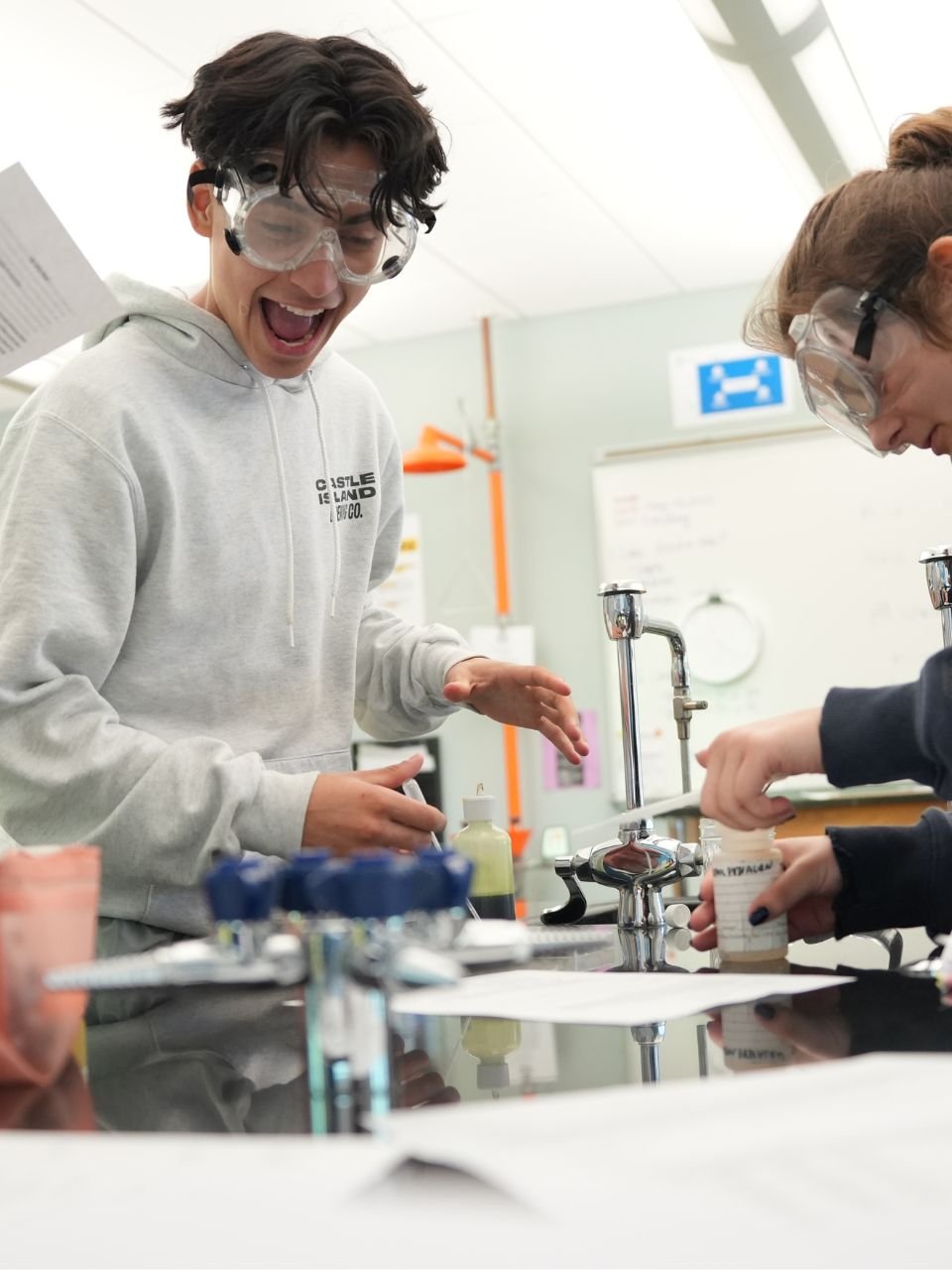- Our School
- Our Advantage
- Admission
- Elementary•Middle School
- High School
- Summer
- Giving
- Parent Resources
- For Educators
- Alumni
« Back
Landmark's Six Teaching Principles
May 23rd, 2021
By Rob Kahn

Many professional visitors to Landmark wrap up their visits by observing: “It’s really remarkable to see the same materials and methods used by teachers in many different classes.” That’s no accident. Visualize Landmark as an inverted pyramid. The pyramid’s wide base is 475 students and 250 teachers in hundreds of classes going about their business each day. Below the surface, the pyramid’s base narrows to an underlying point. Despite widely different experiences and individualized classes, all teaching at Landmark tapers to that origin point of Six Teaching Principles™ that have existed since the school began. These core principles inform the school’s deep-rooted philosophy. Their influence and expression are what visitors perceive, whether they visit a second grade or 12th grade classroom, a study hall, a dorm, or a sports venue at Landmark.
Visionary Founder Led By Example
The Six Teaching Principles™ are the result of reflection and mentoring by a dyslexic student who became a teacher. Charles Drake thought about what did and did not work for him and others like him and formulated a practice. First, don’t repeat the errors of traditional teaching when confronted with diverse minds. Let students experience success, not repeated failures, so they build confidence and resilience while acquiring language skills. Successful interactions are key to establishing trust and motivation.
Second, recognize that traditional teaching—text-based and lecture-oriented—is adequate for some learners but leaves out others. Teach through multiple senses—vision, hearing, movement, and touch—to reinforce brain connections. Learning can take many forms, and more paths to the desired end maximize reinforcement.
Next, beware of paths where increments are out of sequence, oversized, or poorly paced. A success-oriented teacher should have a clear chain of micro-units, each building logically from those preceding, so that students are inevitably led to the goal. Realize that skills must be reinforced until they are habits, the result of hours of practice and review. Automatized learning is learning at the deepest level, a level that relieves the strain on working memory because the response is ingrained. That review and practice must be meaningful, based on models for the desired result that guide students to produce successful outcomes.
Finally, give respect and credit to your students by partnering with them in the endeavor of learning. This principle fosters self-advocacy, perhaps the most often-cited tool, along with reading proficiency, that students take as their legacy from Landmark.
Why have these six principles endured for 50 years at Landmark? They are essentially a recipe for the population, mission, and secret to Landmark. They are logical, sequenced, and comprehensive. Recognize that all students aren’t served well by one way of teaching, and that a history of school failure has terrible consequences for individuals and society as a whole. Reclaim education for all learners by meeting students where they are and looking for ways that all can learn. Finally, recognize that diverse learners have gifts and talents to offer, in their personal learning process and for the world at large. What Landmark provides is the confidence and tools to move forward and unlock their potential.
Learn more about each teaching principle, see examples of each, and find tips on how to implement them in your classroom.
#1 Provide Opportunities for Success
#2 Use Multisensory Approaches
#3 Micro-Unit and Structure Tasks
#4 Ensure Automatization Through Practice and Review
#5 Provide Models
#6 Include Students in the Learning Process
Posted in the category Teaching.






















